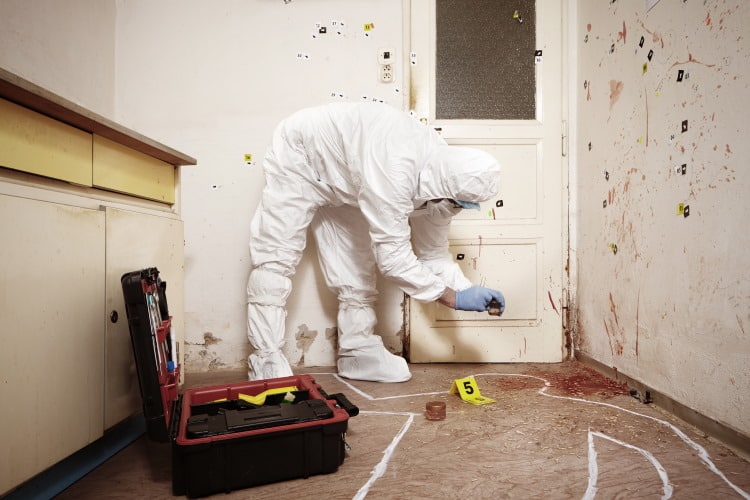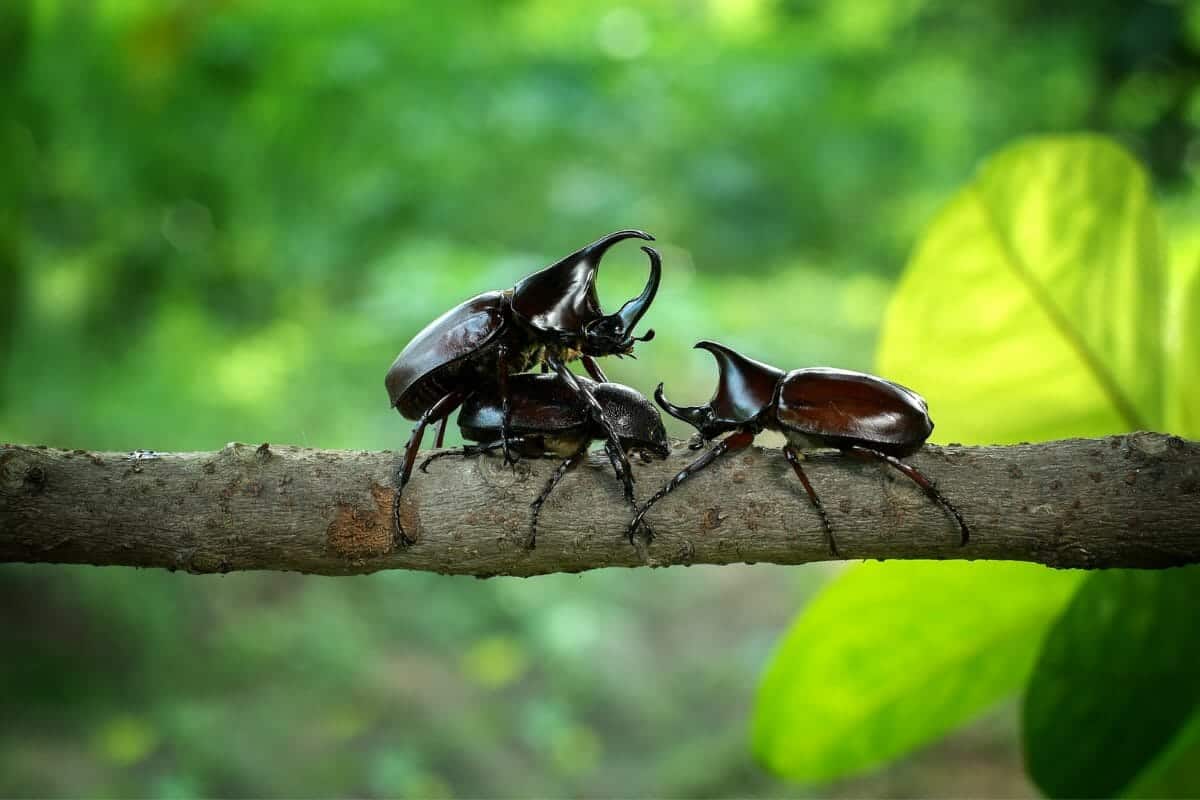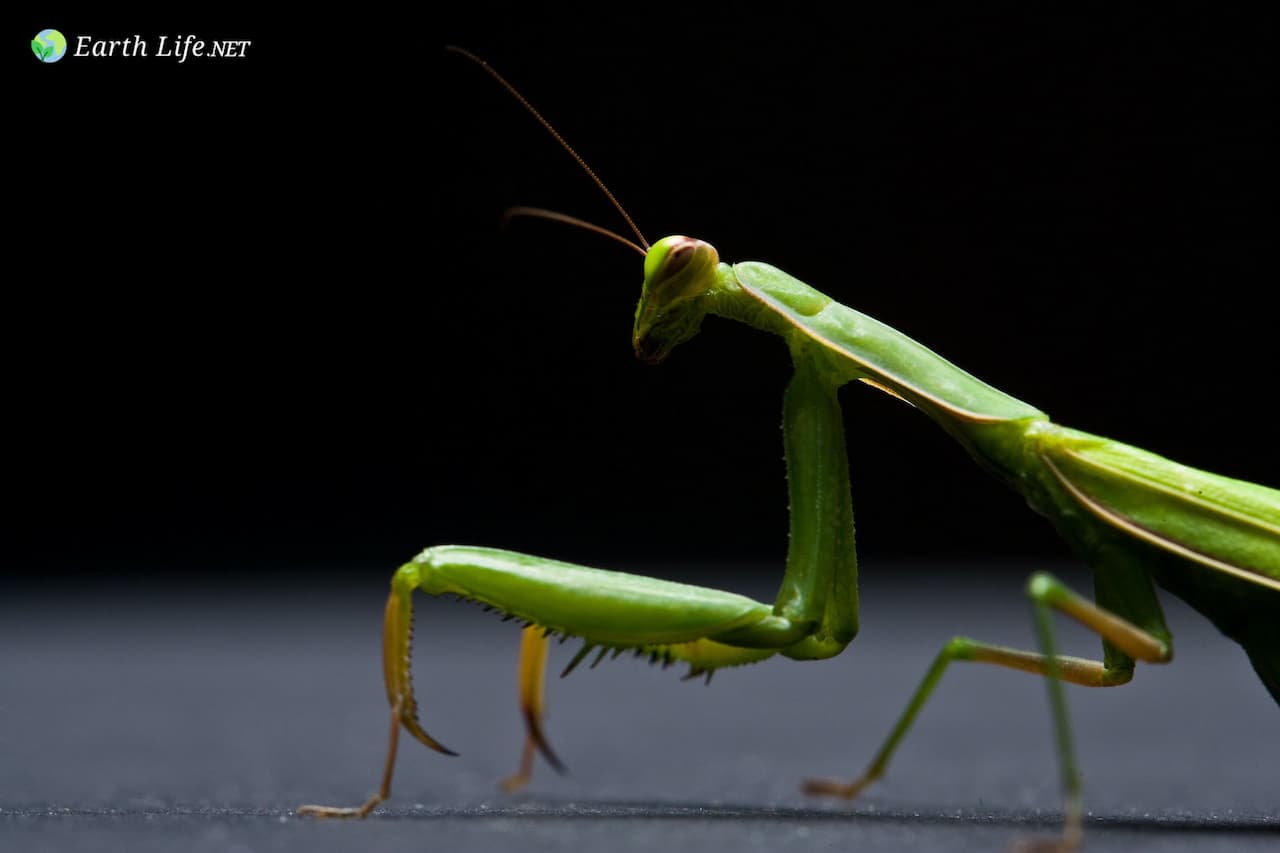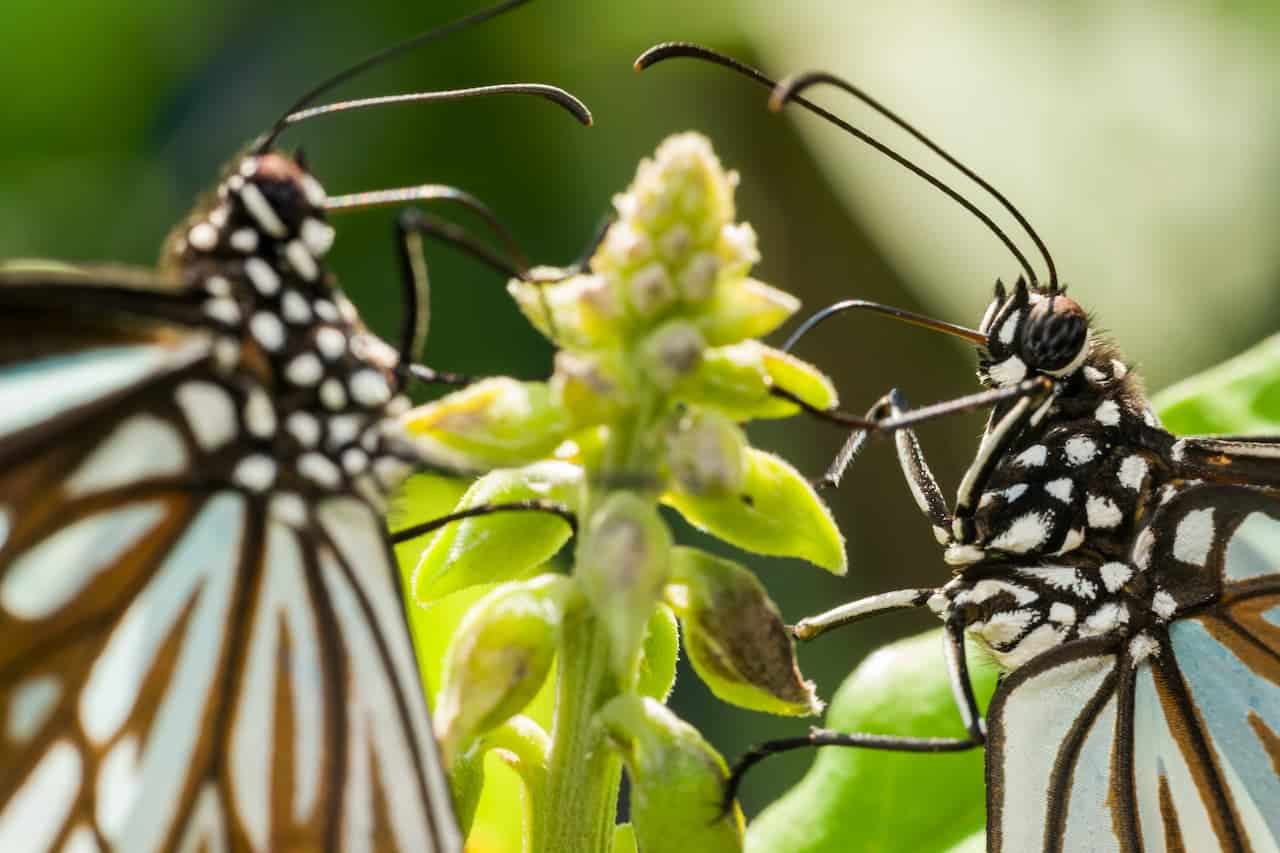Forensic Entomology 101: How Insects Help Solve Crime
Forensic entomology is the use of insects (and our knowledge of their life cycles) to assist investigations into crimes. Normally those involving the death of a human being, though it has also been used to reinstate an unfairly sacked worker and for investigations into drug trafficking.
As such it inevitably involves looking at a lot of dead, sometimes long dead, bodies. As well as acquiring an in-depth knowledge of the life cycles and interactions between the insects and other arthropods that are attracted to dead bodies.
Generally, the most important contribution to an investigation of a Forensic Entomologist is to accurately determine the post-mortem interval, i.e. the time between when the person died and when the body was found (or when the Forensic Entomologist arrived on the scene).
Forensic entomology is a relatively new science, one still developing much of its arsenal of understanding.
The first recorded incident where entomological knowledge was used to help solve a crime comes from China in 1235 AD. However despite the author’s obvious sound understanding of the basic relationship between flies and dead bodies, little was done to quantify the science until modern times.
In the western world Forensic Entomology was not born until 1855 when Dr Bergeret d’Arbois used entomological knowledge to help the police in Paris solve the murder of a child. Papers were published in the 1800s in France by J.P. Megnin on medicocriminal entomology, which were able to contribute to the scientific use of entomological evidence in investigations.
After that it was 1933 before Forensic Entomology came to the world’s attention – and another 20 or 30 years before it was able to start calling itself a science.
Even now there are police who are seriously skeptical of the usefulness of entomological attention being directed to a crime case. However the evidence is now irrefutable and it is well accepted by most major police forces that Forensic Entomology is a valid and useful addition to their investigative repertoire.
How Does It Work?
Forensic entomology works because the species of flies, beetles and other arthropods involved are attracted to a dead body at relatively specific times after its death. These times relate to the state of decomposition and are therefore related to not only time of death, but also the environmental parameters in force at the time.
Also these insects come to the corpse to lay eggs. These eggs develop into larvae, which have life cycles involving several instars and a pupae – all with predictable growth rates for known temperatures.

Because we are dealing with real living things there is a certain amount of variability. But given several species to cross-check with and with accurate knowledge of the temperature ranges and humidity effecting the area around the corpse, surprisingly accurate (often to within 1-2 hours) estimates of the time of death can be made.
The primary insects involved can be divided into two sorts: those that come to feed primarily on the body, called necrophages and those which come to feed on the necrophages, called parasites and predators.
The actual species involved will vary from place to place, but the families and sometimes the genera remain fairly stable. The first arrivals are normally Blow Flies such as those in the Genera Chrysomya and Phaenicia (Family Calliphoridae) and/or Fleshflies (Family Sarcophagidae).
These flies can often arrive at a corpse immediately. The last insects at the scene of the crime are the Hide Beetles (Family Dermestidae) and Hister Beetles (Family Histeridae). In between these extremes come the Rove Beetles (Family Staphylinidae) generalist predators there to feed on the maggots.
And after a few weeks, come Picture-winged flies (Family Oititidae) and perhaps Soldier flies (Family Stratiomyidae) along with a large number of other arthropods – often depending on the location of the corpse.
Final Thoughts
Well, I hope this briefest of introductions to forensic Entomology has been of some interest. For those who want to know more I can recommend the books below:
- Maggots, Murder and Men, by Zakaria. Erzinçlioglu
- A Fly for the Prosecution, by M. Lee Goff






Forensic Entomology, is what my future job will be ,and I’m beginning to build my career in such interested field as pest and disease students.